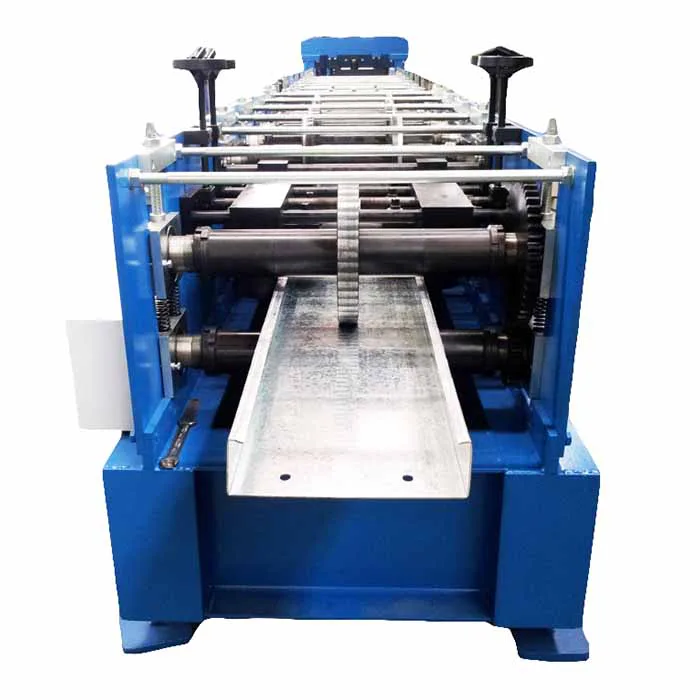
Understanding Different Configurations and Capabilities of Laser Sheet Cutting Machines
- By:Metmac
- 2024-09-11
- 183
The world of laser sheet cutting machines is vast and ever-evolving, with numerous configurations and capabilities to meet the diverse needs of industries such as metalworking, automotive, and aerospace. Understanding the nuances of these machines is paramount for making informed decisions and maximizing their potential. This article delves into the intricacies of laser sheet cutting machines, examining their different configurations, capabilities, and the factors that influence their performance.
Power Source
Laser sheet cutting machines utilize various power sources, each with its own advantages and disadvantages.
CO2 Lasers
CO2 lasers are the most widely used type in the industry due to their high power output, low maintenance, and relatively low operating costs. They are ideal for cutting a wide range of materials, including metals, plastics, and wood.
Fiber Lasers
Fiber lasers offer superior beam quality and efficiency compared to CO2 lasers. They are more compact, energy-efficient, and have a longer lifespan. Fiber lasers excel in precision cutting and are particularly suitable for intricate designs and thin materials.
Excimer Lasers
Excimer lasers emit ultraviolet light and are primarily used for cutting thin materials, such as plastics and polymers. They provide high precision and clean cuts but have a limited power output and can be expensive.
Laser Class
Laser sheet cutting machines are classified into different classes based on their safety features:
Class 1
Class 1 machines are fully enclosed and pose no laser radiation hazard. They are the safest option but typically have lower power outputs.
Class 2
Class 2 machines have partially enclosed laser sources, and direct beam exposure is avoidable. They offer a balance between safety and power output.
Class 3
Class 3 machines require additional safety precautions, such as protective eyewear and enclosures, as they emit visible laser radiation.
Class 4
Class 4 machines are high-power lasers with direct beam exposure hazards. They require extensive safety measures and are typically used for industrial applications.
Cutting Bed Size and Shape
The cutting bed size and shape determine the maximum size of the materials that can be processed. Common bed sizes range from small-format tables to large-format industrial beds. The shape of the bed can be rectangular, square, or customized to accommodate specific requirements.
Cutting Speed and Accuracy
Cutting speed and accuracy are crucial factors for laser sheet cutting machines.
Cutting Speed
Cutting speed is determined by factors such as laser power, material thickness, and machine dynamics. High-power lasers and specialized cutting heads can achieve faster speeds.
Accuracy
Accuracy refers to the precision of the cut, including factors like kerf width, edge quality, and repeatability. Precision optics and advanced motion control systems contribute to higher accuracy.
Other Capabilities
In addition to the core components, laser sheet cutting machines can be equipped with various optional capabilities:
Nesting
Nesting software optimizes material usage by arranging cutouts efficiently on the bed, reducing waste and increasing productivity.
Bevel Cutting
Bevel cutting heads allow for cutting at angles, which is useful for creating sloped edges or weld preparations.
Tube Cutting
Specialized attachments enable the cutting of cylindrical materials, such as pipes and tubes.
Automation
Automated loading and unloading systems, conveyor tables, and robotics can significantly improve efficiency, especially for high-volume operations.
Factors Influencing Performance
The performance of laser sheet cutting machines is influenced by several key factors:
Material Thickness
Different materials and thicknesses require specific laser power and cutting parameters.
Cutting Environment
Factors like humidity, temperature, and dust can affect the cutting process.
Maintenance and Calibration
Regular maintenance and proper calibration of laser sources, optics, and motion systems ensure optimal performance.
Operator Skills and Training
熟练的操作人员和适当的培训对于充分利用机器的潜力至关重要。
Understanding the different configurations and capabilities of laser sheet cutting machines empowers businesses to make informed decisions based on their specific requirements. By considering factors such as power source, laser class, cutting speed, accuracy, and optional capabilities, companies can optimize their cutting operations for efficiency, precision, and profitability.
-
Metal Sheet Forming Machine: The Engine of Modern Fabrication and the METMAC Standard
2025/12/30 -
Laser Cutting Machine for Steel Plate: Precision Redefined for Modern Fabrication
2025/12/30 -
Metal Curving Machine: Shaping Strength with Precision and the Art of METMAC Engineering
2025/12/30 -
Shear Metal Cutting Machine: Precision, Power, and the METMAC Standard
2025/12/30
-
Advanced Sheet Metal Rolling, Laser Cutting, and Folding Machines for Precision Fabrication
2025/10/31 -
High-Performance Sheet Metal Bending and Cutting Machines for Modern Fabrication
2025/10/31 -
High-Quality Sheet Metal Equipment for Sale: Efficient Solutions for Modern Manufacturing
2025/10/31 -
High-Performance Sheet Metal Equipment for Sale: Forming and Shearing Solutions for Modern Fabrication
2025/10/22
-
Latest Technological Advancements in Rectangular Duct Machines
2024/05/11 -
Integrating Automation with Rectangular Duct Machines for Enhanced Productivity
2024/05/11 -
Metal Shear Machines- Essential Tools for Precision Metal Cutting
2024/05/11 -
Understanding the Role and Function of Steel Strip Slitting Machines
2024/05/11
-
A Guide to the Latest Innovations in Sheet Metal Folding Machines
2024/11/29 -
Key Features to Consider When Investing in a Sheet Metal Folding Machine
2024/11/28 -
Enhancing Precision with Advanced Sheet Metal Folding Machines
2024/11/27 -
How to Choose the Right Sheet Metal Folding Machine for Your Workshop
2024/11/26







